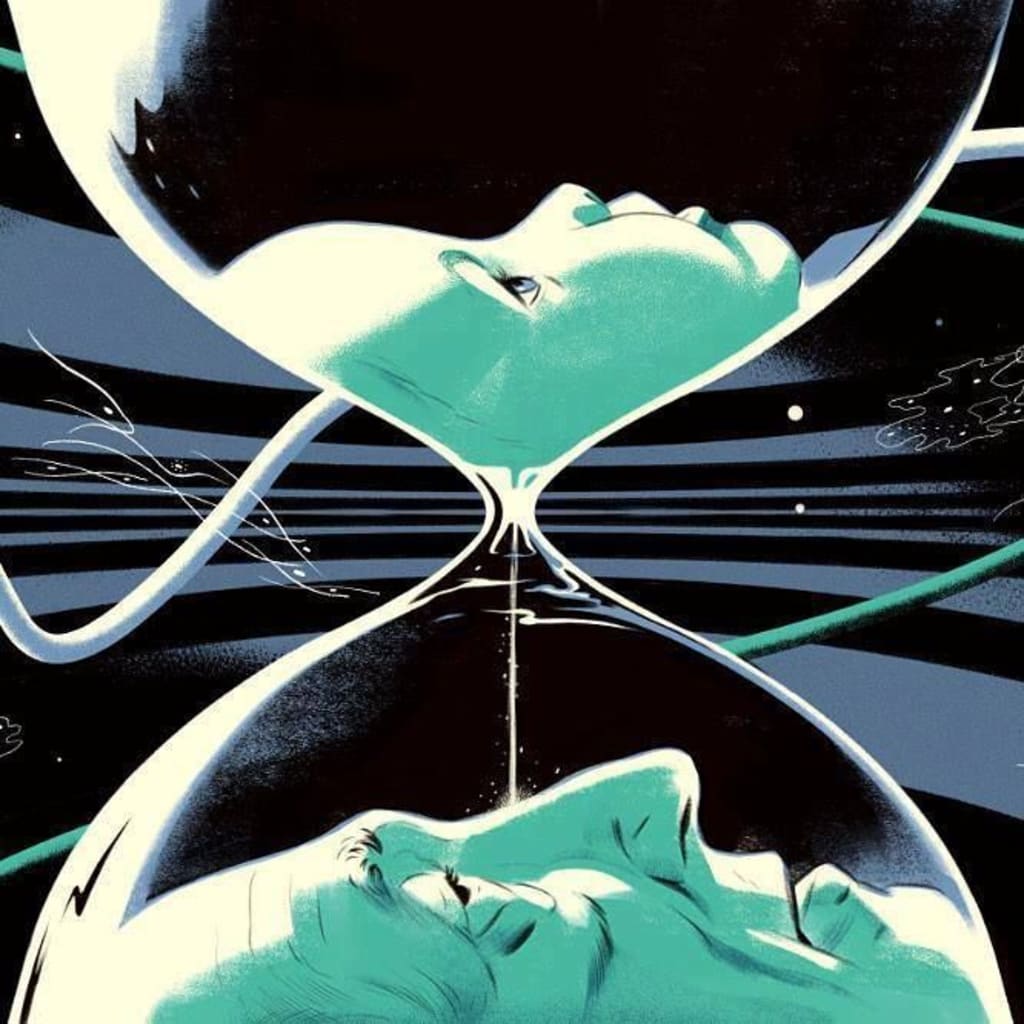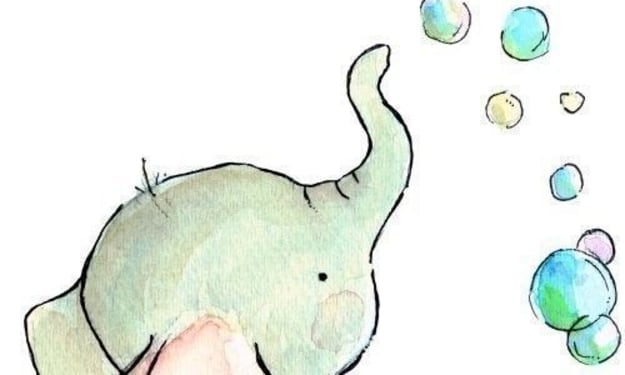"The Puzzle of Time"
"Exploring the Essence of Past, Present, and Future"

The earliest attempts to grasp time revolved around keen observations of natural rhythms, such as the transition from day to night and the ebb and flow of seasons. These simple yet profound patterns served as the building blocks for primitive calendars. Over time, humanity sought more precise methods to encapsulate time's essence, giving rise to sundials and mechanical clocks that neatly compartmentalized this intangible dimension. But what exactly is time? Does it possess a tangible existence, or is it merely a construct of human cognition?
At first glance, the answer appears self-evident – time is an ever-unfolding continuum that envelops our reality. It's an intrinsic part of the universe, an inescapable companion in our journey through existence. However, the emergence of Einstein's theory of relativity cast a beguiling shadow over our conventional understanding of time. According to this groundbreaking theory, time is a malleable entity that doesn't flow uniformly for individuals in different scenarios, especially those traveling at velocities approaching the speed of light or orbiting colossal black holes.
Einstein's ingenious solution to the enigma of time was to fuse it with space, creating the concept of space-time, a malleable entity that adheres to consistent, predictable laws. This revelation seemed to cement time as an integral aspect of the universe's fabric. Yet, it couldn't answer one perplexing question: why can we navigate space in any direction, but time solely in one? The past forever lingers behind us, an unyielding constant. This unidirectional flow of time is referred to as the arrow of time.
To comprehend this, imagine watching a drop of food coloring disperse within a glass of water. Intuitively, we anticipate the coloring to diffuse outward from the initial drop, ultimately tinting the entire glass. Now envision the contrary transpiring – a scenario where time unfurls in reverse. Here, we would observe time as progressing backward, a concept that contrasts with our reality. Our universe operates in a manner where the food coloring disperses in the water, not coalesces. This principle finds its roots in the Second Law of Thermodynamics, stating that systems tend to evolve from order to disorder, a process known as entropy. This inherent property of the universe determines the direction of time's flow.
If time is indeed a fundamental aspect of our reality, it should find its place in the foundational equations that elucidate the cosmos, right? Presently, two distinct sets of equations govern physics: general relativity for vast phenomena and quantum physics for the minuscule. A paramount goal in theoretical physics has been to unify these two systems into a comprehensive "theory of everything." Various endeavors have been made, but none have been definitively validated, and they address time in diverse ways. Curiously, one contender, the Wheeler-DeWitt equation, entirely omits the concept of time. While speculative, if this or a similarly time-ambiguous equation were to prove accurate, could it imply that time doesn't exist at the most intrinsic level? Could it be a mere illusion stemming from the limitations of our perception of the universe?
Rather than pondering whether time has a fundamental existence, an alternative perspective posits that it could be an emergent property. Emergent properties are characteristics that are absent in individual components of a system but emerge when these components function collectively. Consider an ocean: no individual water molecule experiences tides, yet the ocean as a whole exhibits this phenomenon. Similarly, a movie conveys the passage of time through a series of static images that, when presented in rapid succession, create the illusion of continuous change. None of these individual frames independently encapsulate the passage of time, but the illusion manifests through their sequential arrangement. The movement is genuine, yet it also harbors an element of illusion. Could the nature of time within the realm of physics be subject to a comparable phenomenon?
These questions, among others, continue to captivate the curiosity of physicists. While we remain a long way from a comprehensive explanation, the quest to unravel the enigma of time persists. At least for the moment.
About the Creator
Enjoyed the story? Support the Creator.
Subscribe for free to receive all their stories in your feed. You could also pledge your support or give them a one-off tip, letting them know you appreciate their work.






Comments (1)
Very puzzling story! Great work!